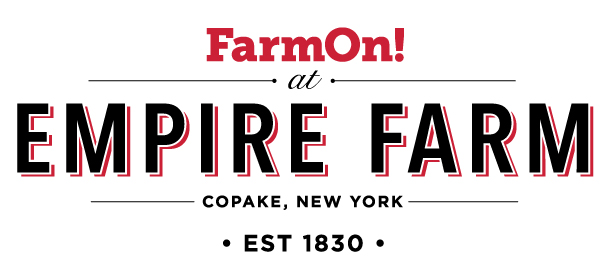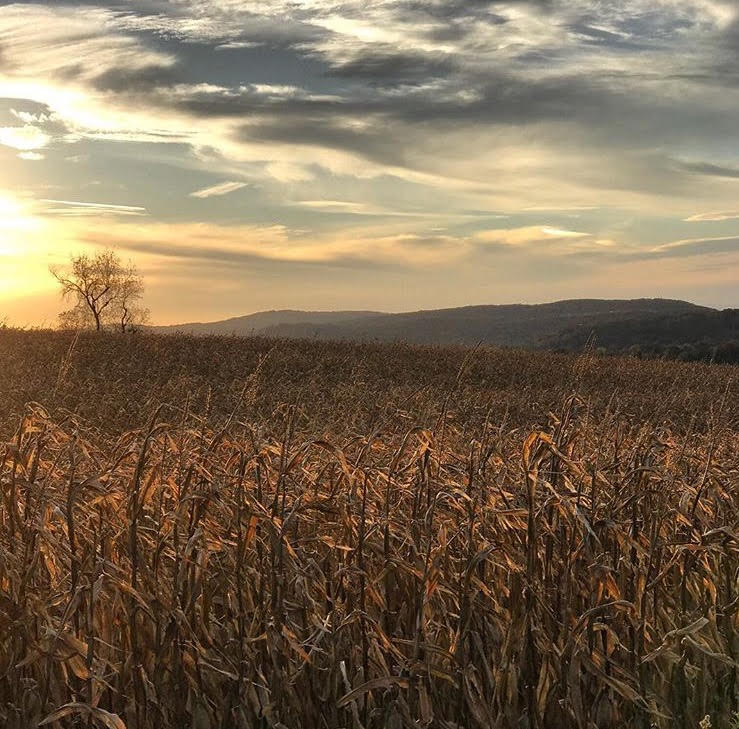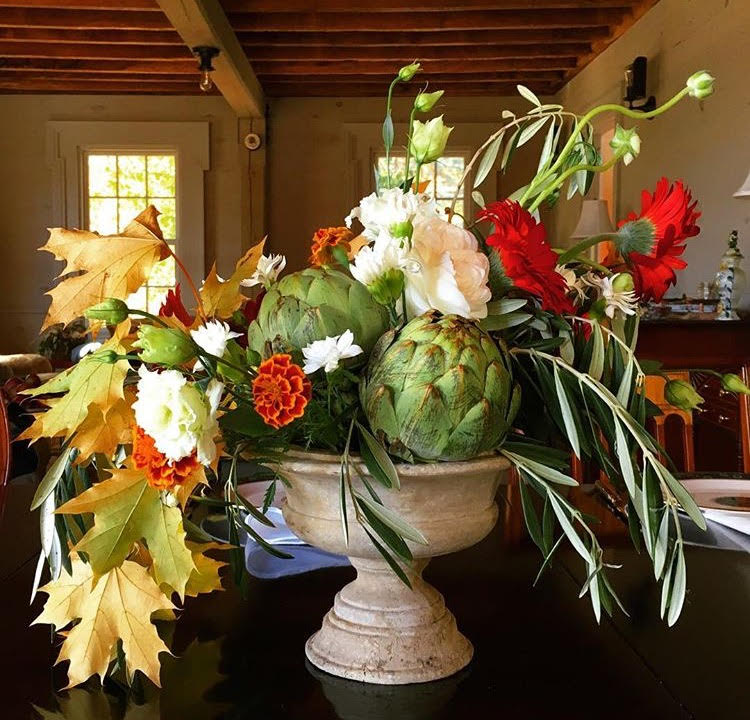“William Astor’s grandfather, John Jacob I, came to America in the 1790s from Waldorf, Germany. America was his land of opportunity: he became a trader in furs and opium and made a fortune in China on both in an established export businesses on both coasts when the western part of the continent was still inhabited mainly by Native Americans, and largely unexplored by all but the most entrepreneurial – that being a sleek word for a hardscrabble and dangerous existence of the new world.
With his great profits, the first Astor became interested in buying Manhattan real estate. It was not called real estate then but instead: land, lots, farms, and acreage. This was not considered an especially enterprising idea because the city of 65,000 in 1805 was centered around what is now the southernmost downtown and the tip of the island of Manhattan. A horse and carriage ride up to what is today known as 59th Street and Fifth Avenue took four hours along a rocky, hilly terrain, and it would be decades before the rails or the automobile. Nevertheless, Astor had made his fortune exporting and understood New York City’s harbor, one of the best in the world, could only grow and grow.
At his death (at age 84) in 1848, Astor was the largest landowner in the city, and one of the world’s richest men, collecting rents all the way up Broadway to what is now Times Square and beyond. On his deathbed when asked if he had any regrets, he allegedly said, “yes, that I didn’t buy more of Manhattan.” His estate proved him the richest man in America – his fortune estimated at more than $100 billion in today’s dollars.
He had two sons and three daughters. The first born son John Jacob II is remembered as “feeble-minded.” He never worked for his father. The second, William Backhouse Astor, was sent back to Germany for his education and then joined his father in what was still the family store (the China trade).
Young Astor served his father as a glorified accountant, if that. However, he did follow his father and increased family real estate holdings. When he married the daughter of a Revolutionary War General and of Robert Livingston of Clermont Manor, he was moving up socially, a matter of great interest to the father. Society in New York in those early days (and they did consider themselves “society”) was made up of ancestors of the Dutch and British. Not the Germans.
The young Wiliam B. Astors had six children – three girls and three boys. The last child, Henry Astor (Grandson of John Jacob I), would be largely disowned, estranged and disinherited by his father for marrying the farmer’s daughter, and lived quietly with her and her Dinehart family in seclusion at West Copake on the proceeds of a trust fund Henry built that is today known a Empire Farm, then an equestrian and estate-farm in Columbia County. He is said to have lived, compared to many of his Astor relatives, happily — and grandly — ever after at the farm until his death in 1918 at the age of 86 at which time Henry Astor also owned sixty three- and four-story dwellings, thirty-eight tenement houses, thirty-three leased parcels of built-on land, three theatres, and seven factory buildings, which sold for $5,159,075 in NYC at the time.
The other two sons – John Jacob III and William B. Jr. — were their father’s principal heirs. (In those days, female children were not regarded as worthy of, or needing as much as, their brothers, just as it often still is in England and elsewhere.






